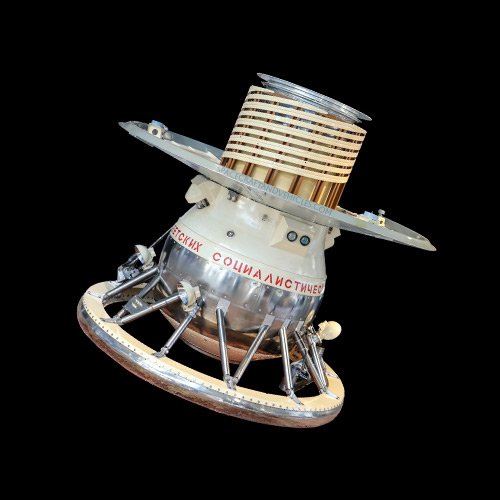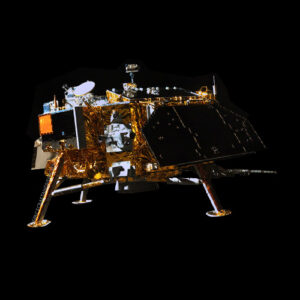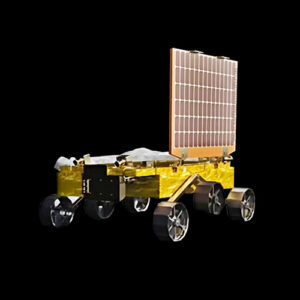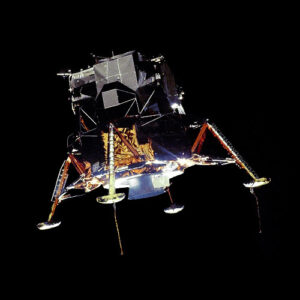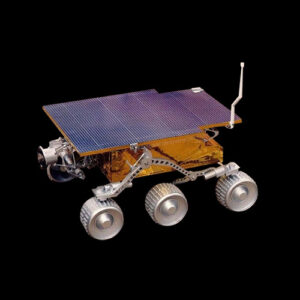The Venera probe series, developed by the Soviet Union, played a pivotal role in the exploration of Venus, providing invaluable insights into the planet’s atmosphere, surface conditions, and geology. Notable for being the first spacecraft to successfully land on another planet and transmit data back to Earth, the Venera probes significantly advanced our understanding of Venus and paved the way for future missions to the inner solar system.
Design and Construction
The Venera probes were designed to withstand the extreme conditions of Venus, including high temperatures, crushing atmospheric pressure, and corrosive sulfuric acid clouds. Constructed from heat-resistant materials such as titanium and stainless steel, the probes featured protective thermal insulation and pressure-resistant housings to ensure survival during descent and landing.
Unique engineering challenges included developing robust scientific instruments capable of operating in Venus’s harsh environment and designing reliable communication systems to transmit data back to Earth.
Mission Objectives
The primary mission objective of the Venera probes was to study the atmosphere, surface, and geology of Venus, providing unprecedented scientific data on the planet’s composition, weather patterns, and geological features. Secondary objectives included assessing the possibility of life on Venus and investigating the planet’s magnetic field and radiation environment.
Launch and Deployment
The Venera probes were launched atop various Soviet rockets, including the Molniya, Proton, and Soyuz vehicles, from the Baikonur Cosmodrome in Kazakhstan.
The first successful landing on Venus occurred with Venera 7 in 1970, followed by subsequent missions throughout the 1970s and 1980s. Despite encountering challenges such as communication failures and lander malfunctions, the Venera probes returned valuable data, including the first images from the surface of Venus and insights into its hostile environment.
Technical Specifications
- Dimensions: Vary depending on probe configuration
- Weight: Varies depending on probe configuration
- Payload Capacity: Instruments designed to study Venus’s atmosphere, surface, and geology
- Propulsion System: Typically utilized rocket engines for interplanetary travel and descent
- Power Source: Primarily solar panels for power generation during missions
- Instruments and Equipment: Included cameras, spectrometers, temperature sensors, and atmospheric analyzers for scientific observations.
Current Status
As of 2024, the Venera probe series is considered retired, with no active missions to Venus. However, the data and knowledge gathered from these missions continue to inform scientific research on Venus and planetary science as a whole. Future plans for Venus exploration may involve new spacecraft and missions to further our understanding of the planet’s enigmatic atmosphere and surface.
